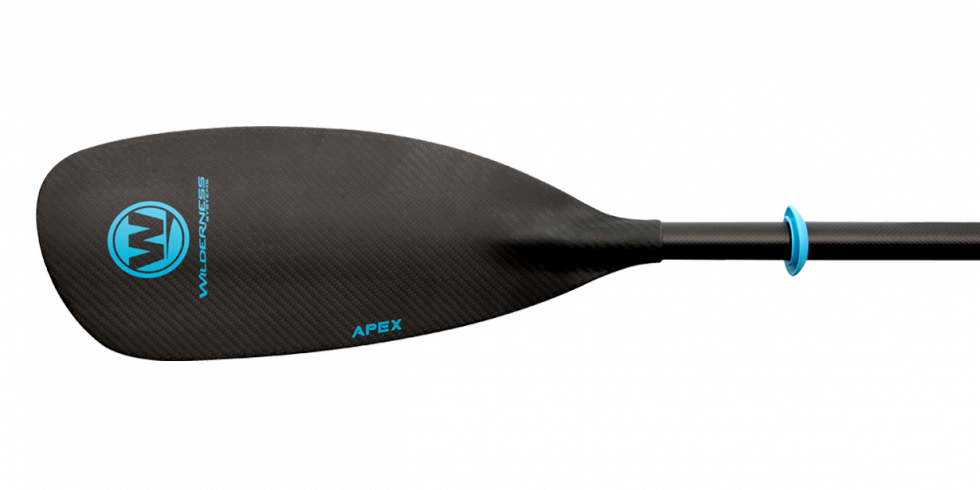
Apex Carbon (2 Sizes)
The Apex Rec/Touring Carbon paddle weights just 27 oz and is the lightest option in the Apex series.
Learn More
The Apex Rec/Touring Carbon paddle weights just 27 oz and is the lightest option in the Apex series.
Learn MoreJoin the Wilderness Systems Email Community
Be the first to know about new products, team news and events.

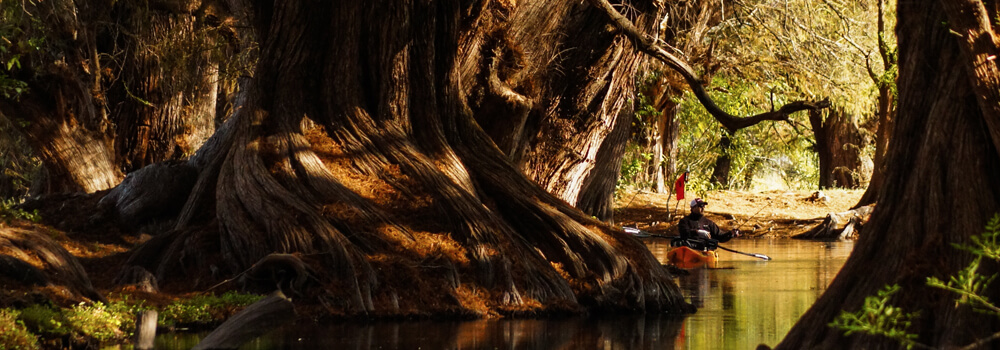
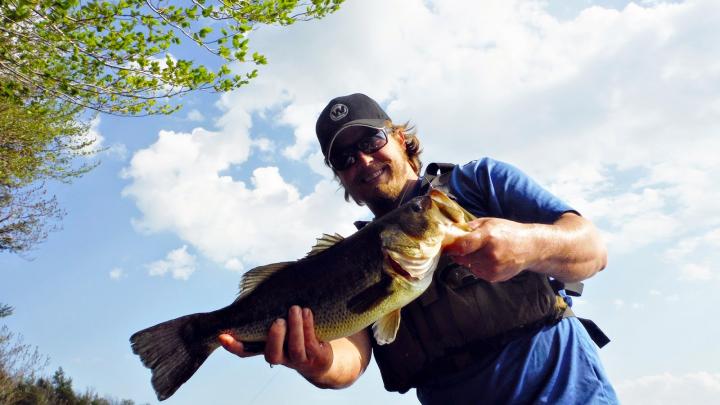
Don’t let those windy days get you down. If properly prepared, you can go out and hammer the fish in almost any conditions.
Kayak Fishing in the Wind
By: Drew Haerer
With a young family at home, most of my days on the water are now planned in advanced. So, when those days come, I am going to fish regardless of the conditions. I don’t mind fishing in cold weather or rain, but windy days can be a nuisance for any kayak angler. However, some of my best days on the water have come in windy conditions. Here are a few tips for holding your position and catching more fish on those brutally windy days.
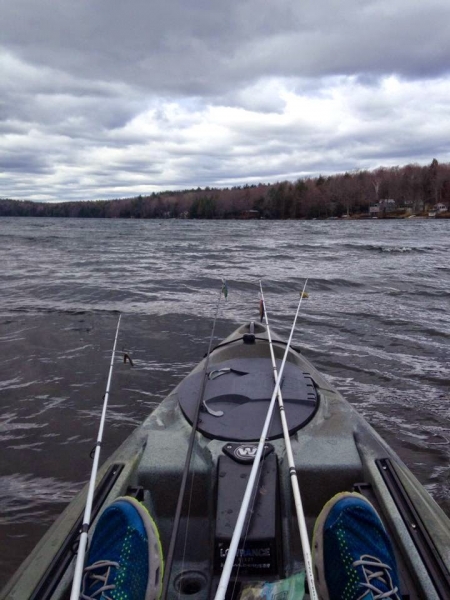
The first option is pretty obvious – use an anchor. However, the success of an anchor setup is in the details. For example, you can rig an anchor off the stern, beside the seat, or off the bow. Each position has advantages, but none is perfect for all conditions. Therefore, many kayakers use anchor trolleys, which allow you to adjust the position of your anchor line rather than using a traditional cleat system. Additionally, new products like the Anchor Wizard make lowering, raising, positioning, and storing your anchor a bit easier. There are also numerous custom DIY options available that can be found via Google and YouTube searches.
Another important factor to consider is the type of anchor you want to use. Grappling anchors have been around a long time and are extremely common. Although generally effective, they tend to get snagged and not release from certain bottom types. In scenarios with high winds or currents, a snagged anchor can quickly become a stressful situation, and it may result in having to cut your anchor line or even a capsize scenario. Many other anchor designs are available, but my favorite anchor is a sash weight. Sash weights were mainly made of cast iron and used in old windows. Most have holes in the top, and they generally weigh 5-10 lbs per weight. I clip two sash weights to a carabiner rigged via an anchor trolley. The weights are heavy enough to hold me in place but almost never get snagged.
Another type of non-traditional anchor is the stake out pole or anchor pole. These poles can also serve as push poles, and some models even have interchangeable pieces that allow them to convert from paddles, to push poles to stake out poles. However, stake out poles are only effective in shallow water. Although I prefer an old-fashioned manual anchor pole that is 8’ long, made of fiberglass, and can float, many options are available. In fact, many stake out poles can now be used with manually operated and battery powered mechanisms that make lowering and raising the pole easier. These options generally require additional hardware and rigging, including mounting plates and other accessories.
Another huge aid in windy conditions is the use of a rudder. Although rudders cannot keep you in one spot, they can be used to control your drift and reduce the number of paddle or pedal strokes needed to hold your position or a drift line. Rudders can also help keep your kayak straight when paddling in wavy and windy conditions, and they can be used to help maneuver in flowing water. Most rudders are controlled with foot pedals on paddle kayaks and steering levers on pedal kayaks and require an hour or two of rigging.
In addition to rudders, devices such as drag chains and drift socks can also help control and slow a drift. Of the two, I strongly prefer drag chains, and I generally use them in flowing water. I clip an 18”-24” length of heavy chain to a 25’ retractable dog leash for an XL dog. This set up allows me to set how far behind my kayak the chain will drag, and this rig can also be used with other anchor types.
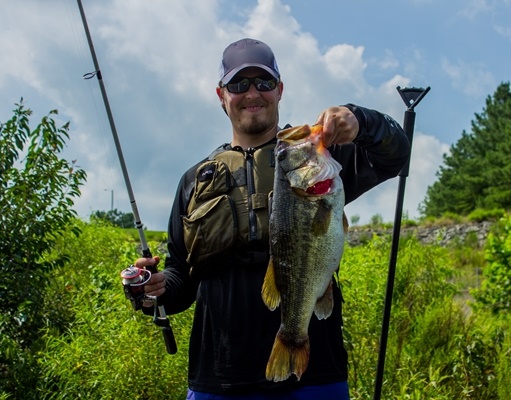
Finally, pedal kayaks are definitely worth considering if you often fish in windy conditions. Those who have read my articles and blogs know that I am a traditionalist and much prefer to paddle. However, when it is windy, even I can appreciate the capability of a pedal kayak and throw my Radar 135 with Helix PD in the back of the truck. The great thing about the Radar series is that I can paddle them when I want and easily add pedals based on the conditions. Pedals allow you to maintain your position and keep fishing rather than constantly adjusting your boat position with a paddle. The same is true of motors on kayaks, such as the Helix MD that can be added to most Wilderness Systems fishing kayaks.
Don’t let those windy days get you down. If properly prepared, you can go out and hammer the fish in almost any conditions. Hopefully these tips can make things a little easier for you to stay on the fish while being safe and having fun.